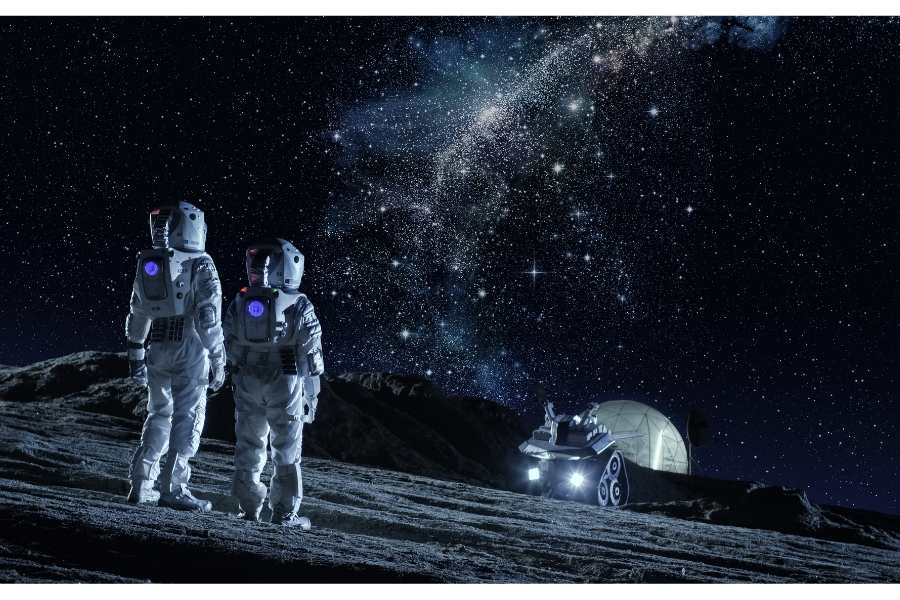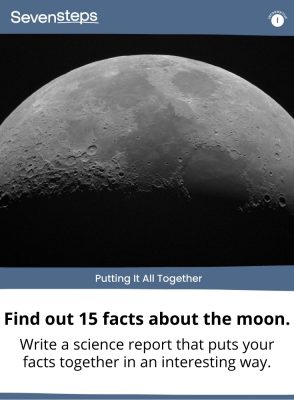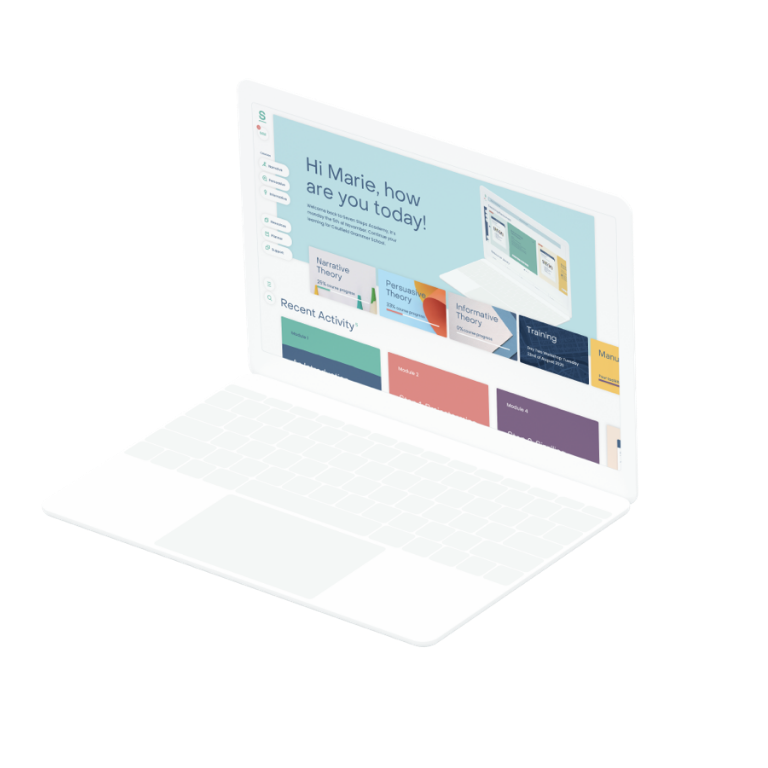No products in the cart.

3 min

Classroom Activities

Admin SEVEN STEPS
Attention, moonwalkers!
National Science Week is 10-18 August. The theme is Destination Moon: More missions, more science.
What a fantastic way to celebrate the Moon Landing 50th Anniversary!
This is a great time for big-picture thinking with your students: explore moon missions and space programs of the past, present and future. Solve problems and use technology, engineering and maths to design solutions.
Best of all, your students can produce an engaging piece of informative writing based on this fascinating theme!
| [Related resource]: Learn how to have fun with facts! |

Fun and creative ways to write facts!
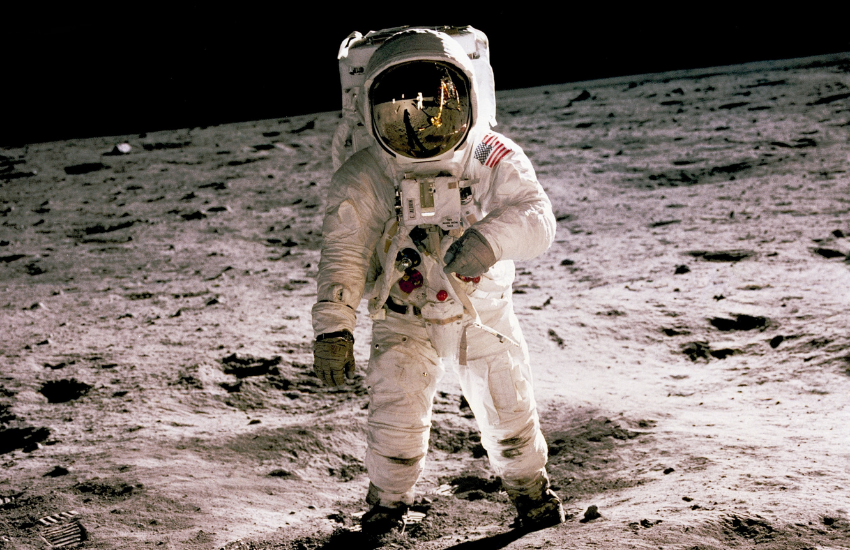
Science reports don’t have to be dry lists of facts: the Seven Steps works wonderfully with this writing style.
For Step 3: Tightening Tension, describe the suspense before a spacecraft takes off, or the excitement moments before observing a lunar eclipse.
For Step 4: Dynamic Dialogue, consider compelling quotes from astronauts or aerospace engineers.
| [ What are the Seven Steps? ] |
Your students can transform dull statements into painted pictures with words. Here’s an example of how Step 5: Show, Don’t Tell can be used effectively in an informative text:
Before:
The crescent moon is visible during the night and day. At night it is a bright yellow but during the day it is white.
After:
Hanging high above our heads, the luminous jewel of the night sky beams over Earth. The crescent moon has risen at sunset but will not disappear at sunrise. Instead, its light will be bright enough to see during the day, as white as a swan’s feather.

Classroom activities for Science Week
In celebration of Science Week, we’re featuring a writing prompt to inspire your students’ research into the moon.
Moon facts
- Use the Picture Writing Prompt (above) and, in groups, ask your students to find 15 facts about the moon.
- Next, instruct your students to order their facts from most interesting to least interesting.
- Have students explain the reasons why. This is a great time to use Think, Pair, Share.
Be a moonwalker!
- Another way to use this writing prompt is to ask students to explore the interactive moon maps on the NASA website.
- Students can then write what they would see, feel, hear or taste if they were exploring on the moon.
- Ask students to write a Sizzling Start or Dynamic Dialogue between two astronauts.
- Students can also integrate the facts they’ve discovered in their writing.

Looking for more classroom resources?
Browse our free Informative Resources page.
Or get access to over 400 writing resources with a Teacher Hub subscription – unlock your free trial today!

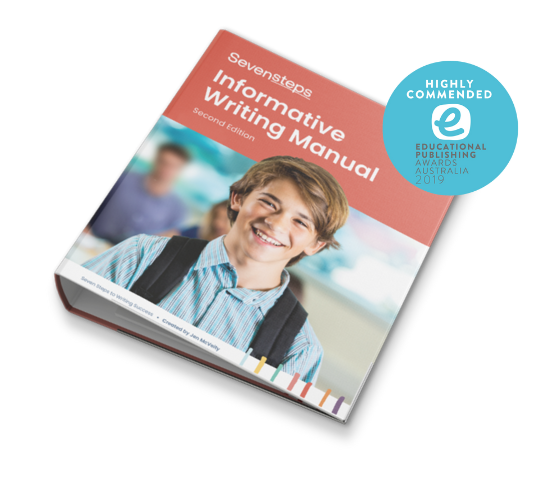
Bring factual writing to life
Celebrate science and technology, with over 1000 science events across Australia during National Science Week. For more information, visit: https://www.scienceweek.net.au/
The Seven Steps Informative Writing Manual and Teacher Hub training and resources help you bring informative writing to life. In fact, the Informative Writing Manual won the Highly Commended award at the Educational Publishing Awards Australia 2019!
Explore Seven Steps Informative Writing resources.




